By Manisha Sahu
America News World Desk
October 13, 2025
As winter approaches in Jammu and Kashmir, the Indian Army is ramping up its counter-infiltration and operational readiness in the Valley — its first such winter deployment since the deadly April 22 Pahalgam terror attack that triggered Operation Sindoor and heightened tensions with Pakistan.

According to top security sources, the Army has begun a wide-ranging redeployment of troops, sealing of strategic mountain passes, and strengthening of the anti-infiltration grid along the Line of Control (LoC). With snow expected to soon cut off several high-altitude routes, security agencies anticipate a potential surge in infiltration attempts from across the border before winter sets in.
Learning from Past Lessons
Officials told America News World that this winter’s operational strategy reflects key lessons drawn from recent counter-terrorism experiences. The Army’s approach this time goes beyond traditional surveillance and patrols — it integrates technology-driven intelligence with stronger human intelligence networks on the ground.
“There will be a much greater emphasis on human intelligence this winter,” said a senior officer familiar with the operational plan. “While our technical capabilities — including sensors, drones, and thermal imagers — have advanced significantly, human inputs remain crucial to detect small movements and shifts in terrorist tactics.”
Over the past few years, the Indian Army has modernized its intelligence and monitoring systems along the LoC. However, the Pahalgam attack underscored the need for continuous ground-level vigilance and adaptability to evolving militant strategies.
Also read this:- Pakistan, Afghanistan Exchange Heavy Fire Along Border After Kabul Airstrike
Changing Terror Tactics
Security agencies believe that terrorists operating from across the border are adjusting their infiltration and survival techniques to avoid detection. Unlike earlier instances where infiltrators relied on single, isolated hideouts far from civilian areas, intelligence inputs suggest they now prefer multiple hideouts within a limited radius — typically between three and five kilometres — allowing them to move stealthily between shelters under snow cover.
Moreover, they are expected to limit communication from these hideouts. “Militants are now using local mobile networks to blend in with the high volume of civilian communication traffic,” said a security source. “This makes tracking them through conventional electronic surveillance more challenging.”
Read:-Florida Man Arrested for Deadly Los Angeles Wildfire
Last year, reports revealed that infiltrating groups were using the Ultra Set — a basic radio system capable of sending encrypted messages via mobile handsets without SIM cards. Once the message is sent, the device can be instantly shut down, preventing interception and tracing.
Winter Brings Its Own Challenges
The onset of winter in the Kashmir Valley traditionally coincides with a spike in infiltration attempts, as terrorist handlers across the LoC try to push militants in before the mountain passes close due to heavy snowfall. Once the snow sets in, the high reaches become inaccessible, often giving militants temporary refuge until conditions allow renewed activity.
To counter this, the Army is not only fortifying the LoC fence but also deploying additional surveillance and response mechanisms. “Efforts will be made to significantly enhance anti-infiltration measures using technology such as advanced thermal imagers, high-resolution cameras, and small drones,” a source said.
Sources added that this year’s winter deployment is being carried out based on updated threat assessments and the observed changes in terrorist operations.
Troop Redeployment and Area Familiarization
A notable shift this winter will be the redeployment of certain units from their permanent locations to new operational zones. The decision, officials say, is aimed at maintaining alertness among troops and avoiding operational complacency.
“Periodic rotation of units keeps soldiers sharp,” said a senior official. “Fresh troops bring new energy and can quickly adapt to unfamiliar terrain, which strengthens area domination.”
While such redeployments can temporarily disrupt administrative routines, the Army believes the operational benefits outweigh the challenges. Troops assigned to new areas will undergo intensive familiarization drills to ensure they understand the terrain, infiltration routes, and local population patterns.
Enhanced Coordination and Quick Response
In addition to troop realignments, the Army is enhancing coordination mechanisms with other security agencies operating in the Valley — including the Jammu and Kashmir Police, Border Security Force (BSF), and intelligence units.
A key part of this winter strategy involves improving the speed and efficiency of Quick Reaction Teams (QRTs), ensuring that reinforcements can respond within minutes of any infiltration or terror alert. These QRTs will be supported by greater drone coverage and, sources said, the potential deployment of Kamikaze drones for rapid offensive action when required.
Enhanced communication systems between various agencies are also being set up to enable faster intelligence sharing. “Information synergy between ground troops, intelligence operatives, and technical teams will be critical this winter,” said another officer. “The idea is to ensure no intelligence input, however small, goes unacted upon.”
Balancing Technology with Human Awareness
While India’s border surveillance has become technologically sophisticated — with radar networks, motion sensors, and drone patrols — senior commanders acknowledge that local intelligence and civilian cooperation are equally essential. Many successful counter-terror operations in recent years were based on timely information from villagers or local guides familiar with mountain routes.
This year, therefore, the Army is likely to intensify its community outreach programs in border districts, focusing on building trust and encouraging locals to report unusual movements.
The Bigger Picture
The heightened military readiness in Kashmir reflects India’s broader security recalibration following a series of high-profile attacks this year. The Pahalgam assault, in particular, exposed gaps in coordination and triggered an overhaul of standard operating procedures along the LoC.
As the Valley braces for another harsh winter, the Indian Army’s reinforced grid — combining technology, intelligence, and troop adaptability — represents a renewed determination to prevent infiltration and safeguard border communities.
Security officials acknowledge that while the challenges are evolving, the Army’s preparedness and proactive posture this year mark a significant step toward long-term stability in the region.
Discover more from AMERICA NEWS WORLD
Subscribe to get the latest posts sent to your email.
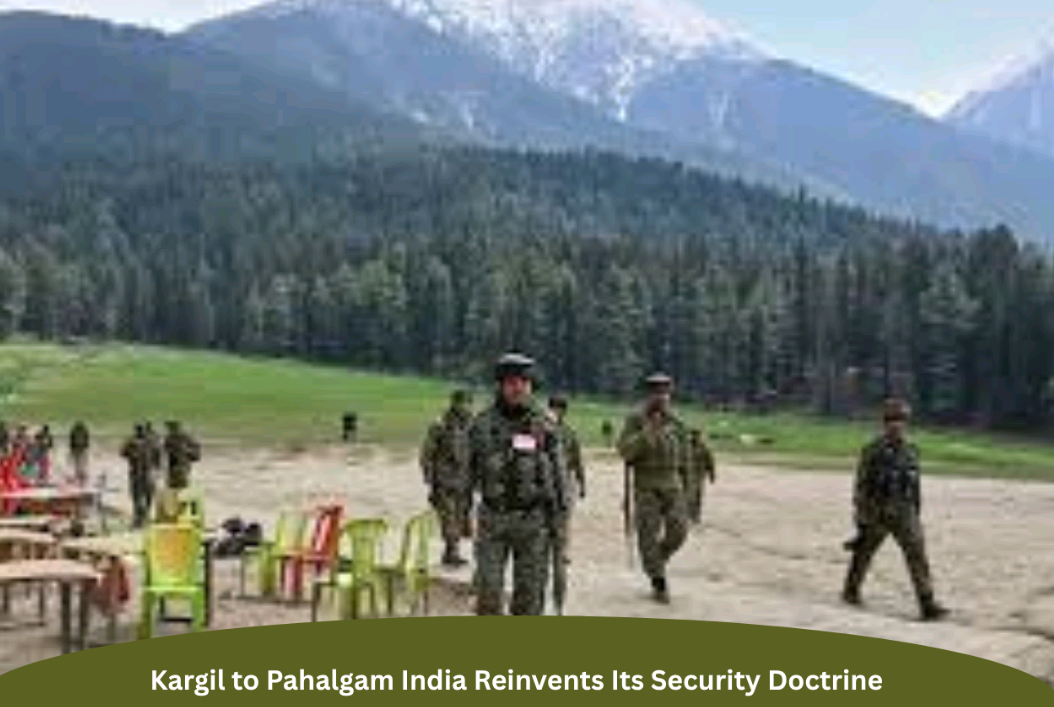




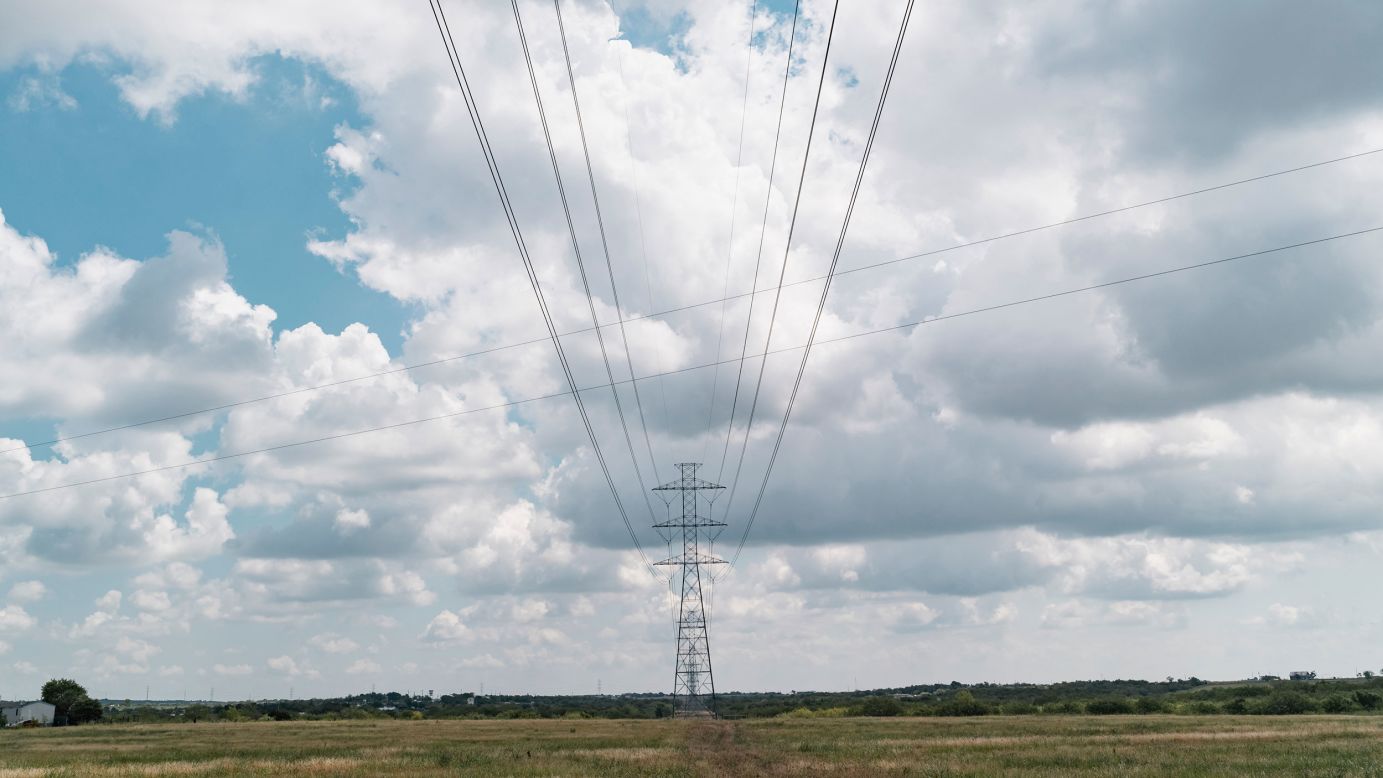







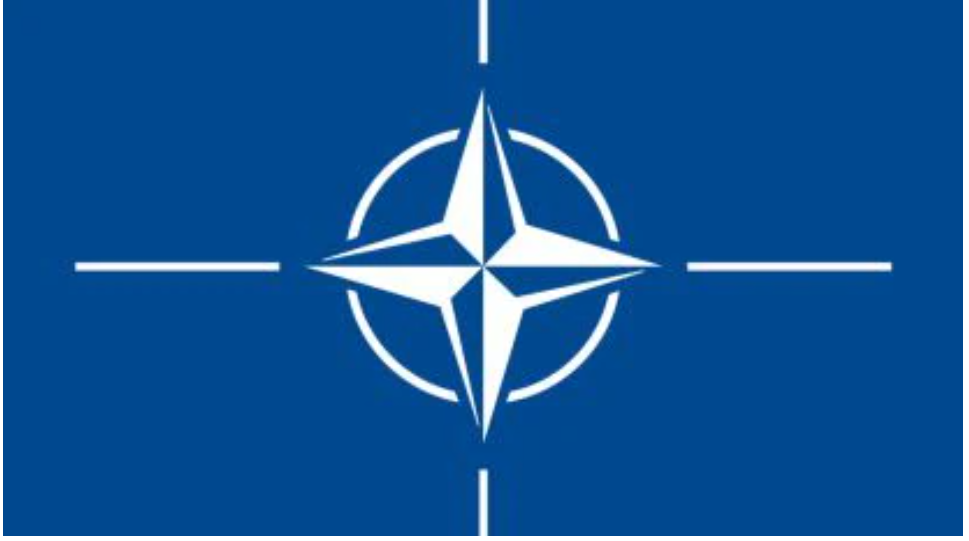
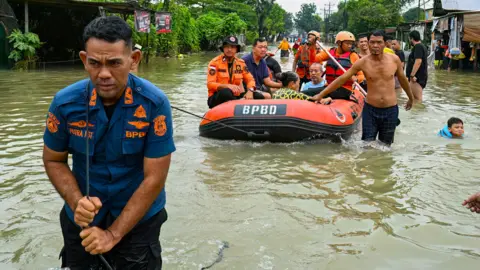

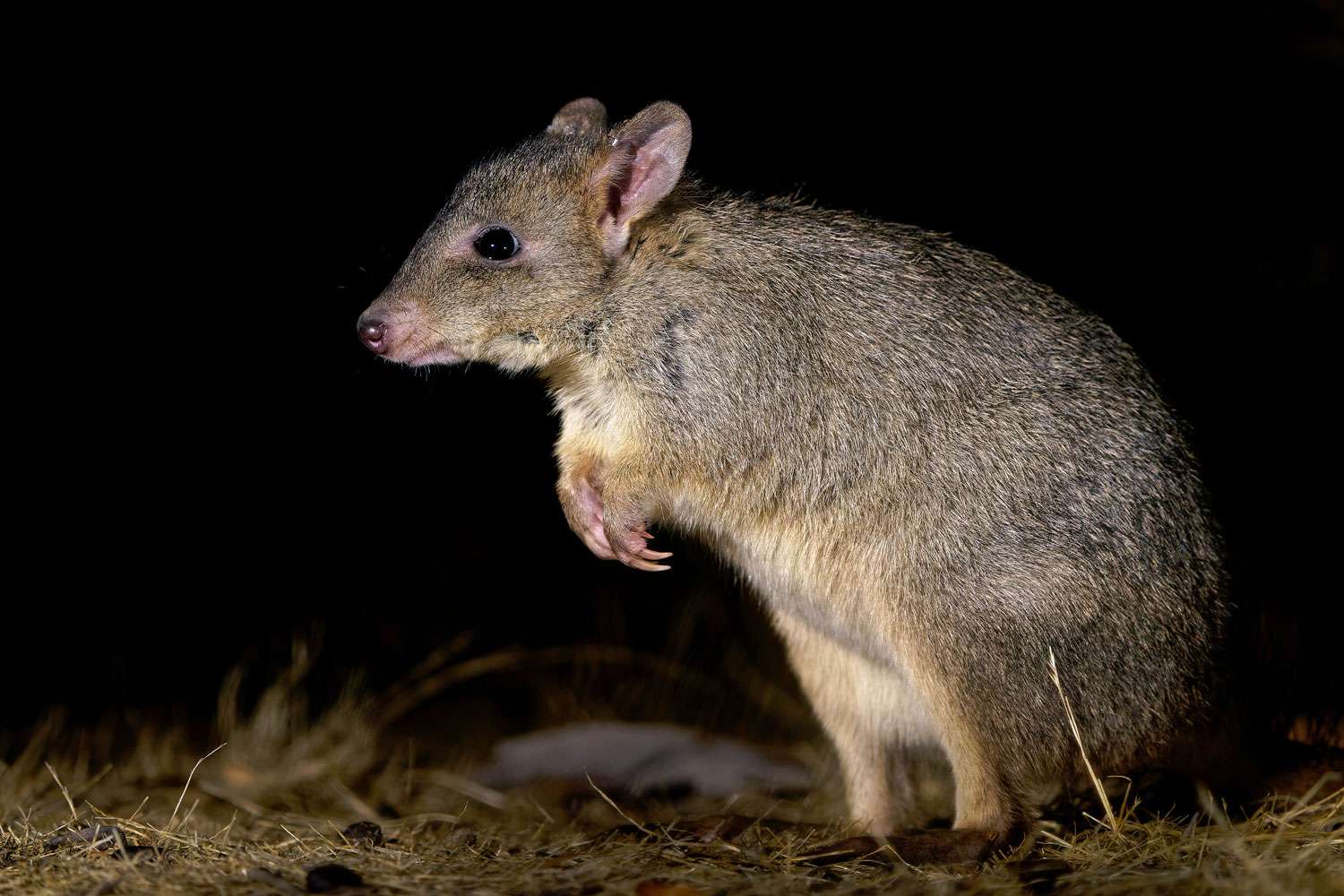

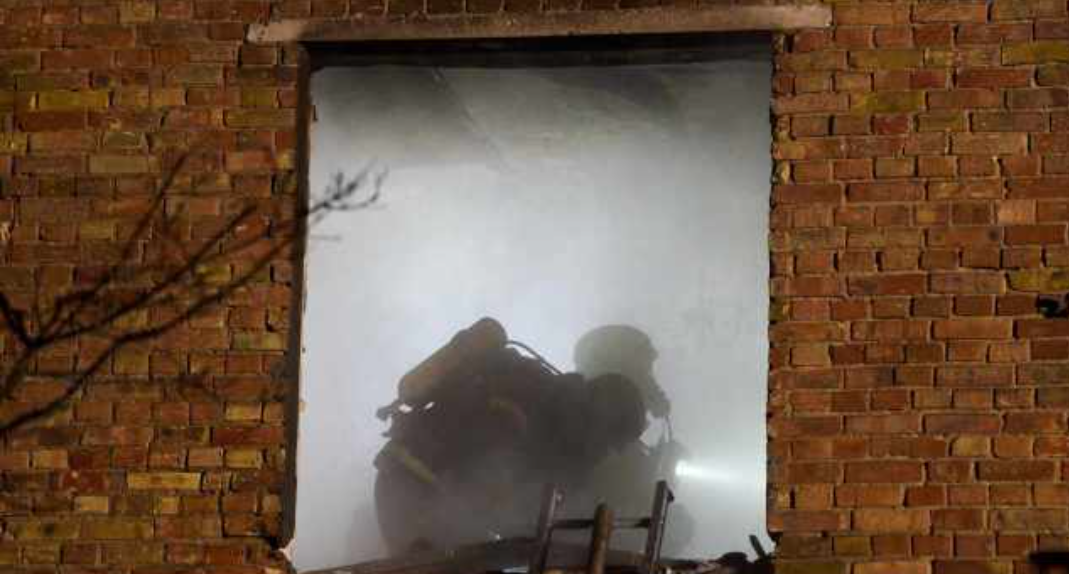



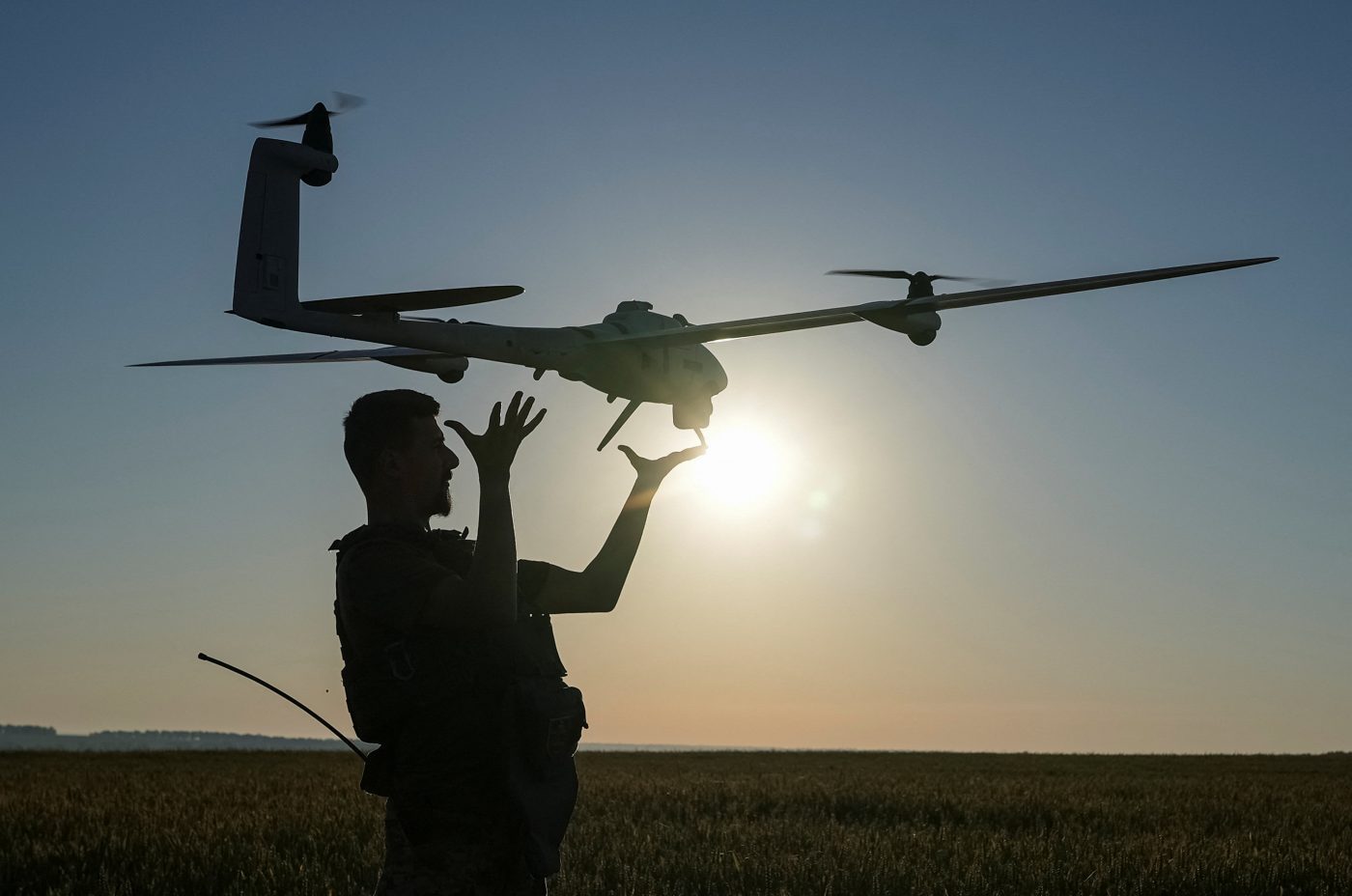









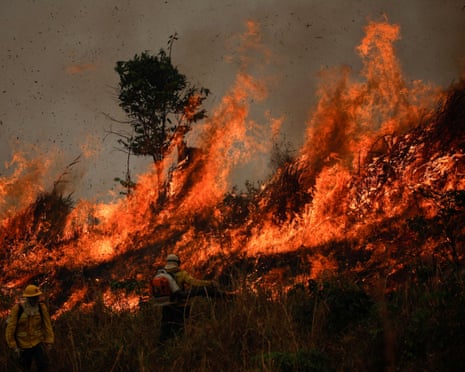
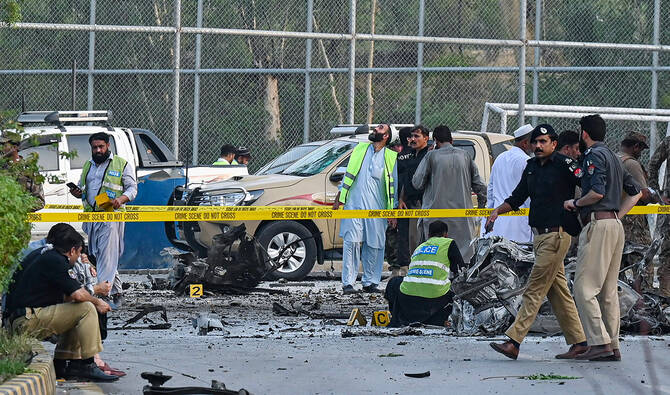


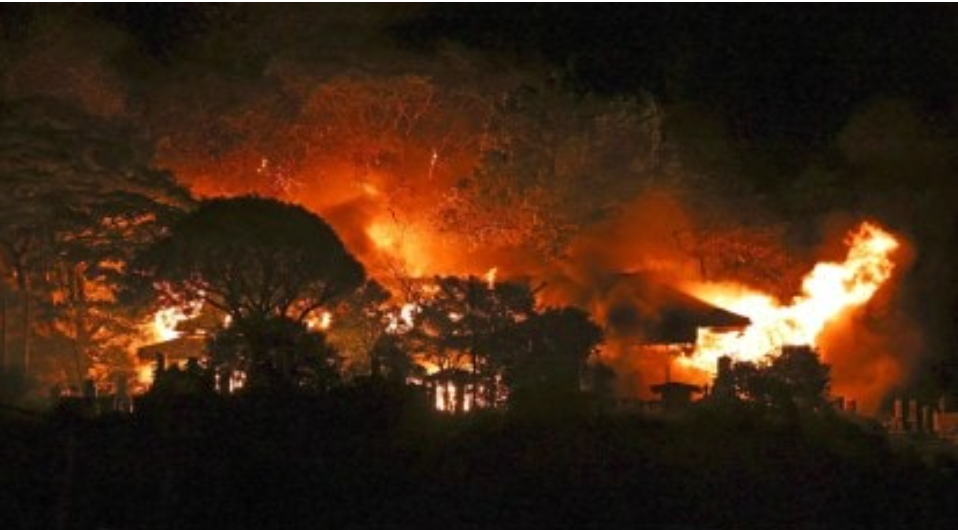


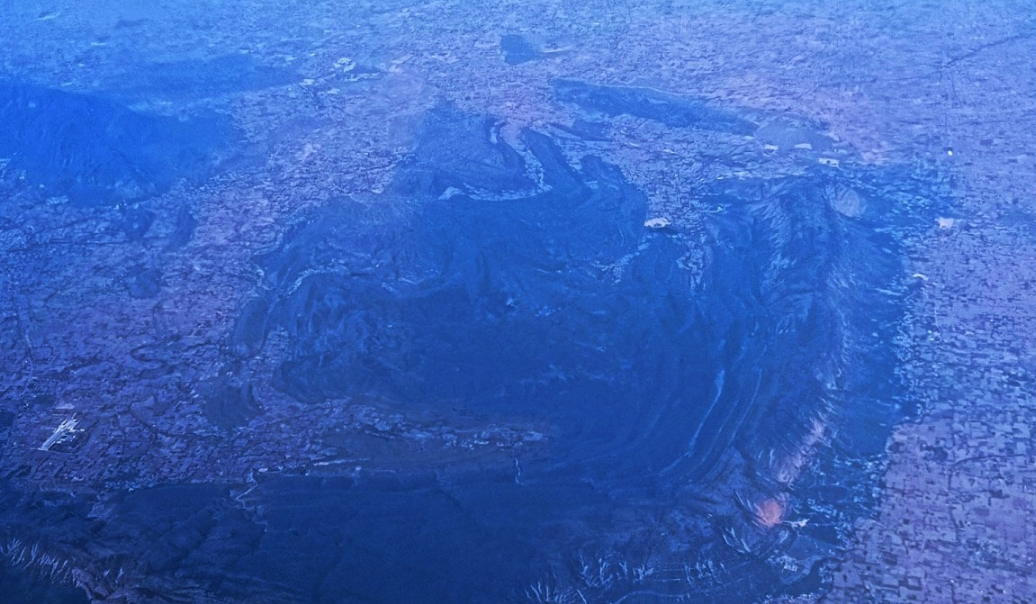
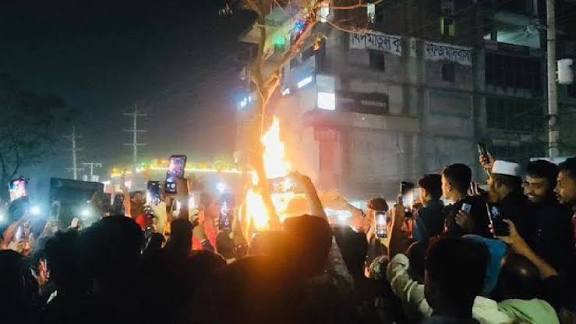
Leave a Reply